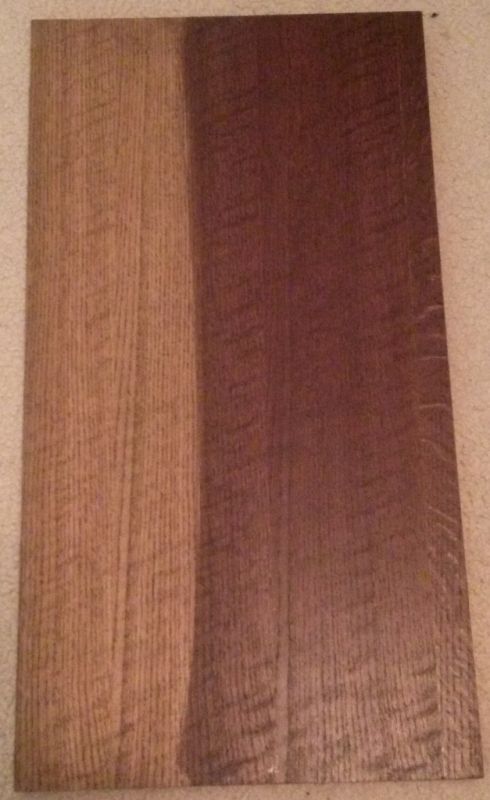Hi everyone, i have been finishing for a few years but have never had the opportunity to color match. I just accepted a job working in a massive shop in their color mixing area. Didnt know if anyone out there had any tips on color matching and mixing colors.
Thanks
From contributor ri
Oh man, did they know you haven't color matched before? Most basic, understand the color wheel, and creep up on the color. Don't hit for a home run on the first try each time. After that, it takes pages to describe the process and experiences.
From contributor Ro
Get yourself a set of measuring beakers and a notebook. Keep track of of the drips and drops in the notebook. An art store should have a color wheel. Mixing colors is an art that requires a keen eye.
Not to be an ass; but how is your eyesight? Reds and Greens are used in color matching so if any color blindness is present it is very difficult to see a color and twice as difficult to try and mix it.
From contributor Ri
I am assuming they didn't put you in charge of their color matching so someone will probably be training you. We use a gram scale and measure out all of our formulas so they can be easily mixed by any of our finishers. We keep all of them filed on our computer for easy access. Color matching is not difficult if you have the basic skills. Some people just can't do it. Like shading or toning, it is easy for some impossible for others.
Try the online Farnsworth Munsell 100 Hue Test to see how well you can see color.
From contributor Je
To get to the next level of color matching you will need to know what your tints and colors will do. I have always taken any colorant, dip my finger into it and smeared it out on white paper to see what the secondary color is. Yellows will either have a white, green or red secondary color. Reds will have yellow or blue as a secondary. You need to know this as it will help you know which red to put it as you will probably have more than one to put it. Knowing this will help you achieve fine tuning your color match.
From contributor Da
There are a few principles to balance, for example, primary colors versus a color palette based on the earth tone colors.
Are you matching a solid color or a "look"? A look is a combination of colors: ground color, secondary color, grain color (and maybe some shading or glazing or highlighting, yada, yada, yada).
There are other considerations, dye stain versus pigmented stain, translucent versus opaque, all-in-one versus toning and/or glazing, and so on.
Start with the book "Blue and Yellow Don't Make Green". Google Mac Simmons "Tinting Toner Techniques" and his "All about Color" essays. These two essays are my favorite places to start.
Learn the color wheel, how to mix primaries. How to use black, how to use white. And practice, make samples. You would be surprised what a light spray-only application of a dark brown does to gently color a piece. You would be surprised what a dye tone does to a surface that has been sprayed already with a translucent white.
